From our archives:

The devil is in the details—not only when moving forward with any plan—or with life, but also when working to make a novel, short story, or even narrative nonfiction come to life for the reader.

In the following examples—selected randomly from my bookshelves—the specificity of the details pulls you right into each scene.
The slick black road became narrower, windier, became the single-lane track I remembered from my childhood, became packed earth and knobbly, bone-like flints.— from The Ocean at the End of the Lane by Neil Gaiman
His eyes had the bluish gray color of a razor blade, the same polished shine, and as he peered up at me I felt a strange sharpness, almost painful, a cutting sensation, as if his gaze were somehow slicing me open. — from The Things They Carried by Tim O’Brien
Her clothes can stay behind—her humble pale-print dresses, her floppy hat. The last library book can remain on the table under the sagebrush picture. It can remain there, accumulating fines. — from “The Jack Randa Hotel” in Open Secrets by Alice Munro
With just a few precise details, the authors do more than describe; they weave their tale. The road in Gaiman’s story speaks of the character’s childhood, perhaps a rough one, based on the bumpy flints. The razor-like stare of the man in O’Brien’s scene lets us know the main character has met someone from whom it may not be easy to disengage. And while we know that Munro’s character visits the library, the urgency of her departure makes an overdue book seem trivial.
So, details, yes, but only the right ones. That’s something I struggle with in my writing. As a former journalist, I was taught to focus on the who-what-when-how, so I’m prone to put in too much information.
Earlier this summer I was fortunate to hear Colum McCann speak at the Rutgers Writers Conference in New Jersey. I loved his Let the Great World Spin, and I wasn’t disappointed by what he had to say. In his keynote, he told us of his travels across America when he first arrived in the U.S. from Ireland. All interesting, entertaining stuff, especially when told in his lilting accent, but what really resonated with me was what he called “the beauty of the extreme detail.”
It’s finding the one bit of description to insert in the scene that makes your reader believe that what you’ve described is true. How do you find that one perfect bit? Through your research, of course, whether the research of human experience, through interviews, or by Internet searches.
McCann offered for his example his research into the world of ballet while working on Dancer. After spending hours of time hanging out with a ballet de corps, learning the terminology, the joys and frustrations, the daily life of a dancer, he took his young daughter to see their production of The Nutcracker. He later shared with the dancers his daughter’s hands-down favorite scene: the Waltz of the Snowflakes, with the snow drifting down. It was, the daughter said, magical.
Instead of agreeing with him, the dancers groaned: That scene was their least favorite. The “snow” that fell was swept up after every performance and set aside to let loose at the next one, without filtering out any of the dirt and debris that might have been on the stage. The dancers told McCann that the only thing they could think of when the “snow” began falling was that they would need to wash their hair.
He said that nugget of detail gave him more cred among dancers who read his book than if he had used other, more mundane descriptions of the corps.
I can’t say that I no longer struggle with the details in my WIPs, but they don’t devil me quite as much.
How do you decide which details to include in your writing?
- Author Bio
- Recent posts
- Books
-
June 30, 2024
The night the eyes appeared in the window for the fourth time was the night Casie moved to the guest room, leaving Benjamin to sleep alone in the master.
-
May 30, 2024From our archives: The devil is in the details—not only when moving forward with any plan—or with life, but also when working to make a novel, short story, or even narrative nonfiction come to life for the reader. In the following examples—selected randomly from my bookshelves—the specificity of the details pulls you right into each […]
-
April 30, 2024
The plane sat on the Philadelphia tarmac, waiting in line to take off. Steph blinked at the sunlight illuminating her face in the window seat; clear and sunny: a good omen for her trip to San Diego, to her former roommate’s wedding. Except, the journey was for the marital knot she’d hoped wouldn’t happen.
-
March 31, 2024
Dianna writes short stories and poetry, and is working on a full-length novel about a young woman in search of her long-lost brother.
-
March 30, 2024
A day of never-ending rain. Pounding on the roof, dripping off overflowing eaves, collecting in pools and puddles on the lawn. Hour after hour, by the quarter- and the half-inch, the water climbing the sides of the rain gauge in the small yard until it reached a full three inches.

Related
Affiliate Links
A Slice of Orange is an affiliate with some of the booksellers listed on this website, including Barnes & Nobel, Books A Million, iBooks, Kobo, and Smashwords. This means A Slice of Orange may earn a small advertising fee from sales made through the links used on this website. There are reminders of these affiliate links on the pages for individual books.
Search A Slice of Orange
Find a Column
Archives
Featured Books
THE ULTIMATE BETRAYAL
To prove her father’s innocence, she’ll have to turn a killer's sights on herself.
More info →ADVENGING THE EARL’S LADY
He’s the most irritating, inscrutable, insufferable lord in the kingdom.
More info →Newsletter
Contributing Authors
Search A Slice of Orange
Find a Column
Archives
Authors in the Bookstore
- A. E. Decker
- A. J. Scudiere
- A.J. Sidransky
- Abby Collette
- Alanna Lucus
- Albert Marrin
- Alice Duncan
- Alina K. Field
- Alison Green Myers
- Andi Lawrencovna
- Andrew C Raiford
- Angela Pryce
- Aviva Vaughn
- Barbara Ankrum
- Bethlehem Writers Group, LLC
- Carol L. Wright
- Celeste Barclay
- Christina Alexandra
- Christopher D. Ochs
- Claire Davon
- Claire Naden
- Courtnee Turner Hoyle
- Courtney Annicchiarico
- D. Lieber
- Daniel V. Meier Jr.
- Debra Dixon
- Debra H. Goldstein
- Debra Holland
- Dee Ann Palmer
- Denise M. Colby
- Diane Benefiel
- Diane Sismour
- Dianna Sinovic
- DT Krippene
- E.B. Dawson
- Emilie Dallaire
- Emily Brightwell
- Emily PW Murphy
- Fae Rowen
- Faith L. Justice
- Frances Amati
- Geralyn Corcillo
- Glynnis Campbell
- Greg Jolley
- H. O. Charles
- Jaclyn Roché
- Jacqueline Diamond
- Janet Lynn and Will Zeilinger
- Jeff Baird
- Jenna Barwin
- Jenne Kern
- Jennifer D. Bokal
- Jennifer Lyon
- Jerome W. McFadden
- Jill Piscitello
- Jina Bacarr
- Jo A. Hiestand
- Jodi Bogert
- Jolina Petersheim
- Jonathan Maberry
- Joy Allyson
- Judy Duarte
- Justin Murphy
- Justine Davis
- Kat Martin
- Kidd Wadsworth
- Kitty Bucholtz
- Kristy Tate
- Larry Deibert
- Larry Hamilton
- Laura Drake
- Laurie Stevens
- Leslie Knowles
- Li-Ying Lundquist
- Linda Carroll-Bradd
- Linda Lappin
- Linda McLaughlin
- Linda O. Johnston
- Lisa Preston
- Lolo Paige
- Loran Holt
- Lyssa Kay Adams
- Madeline Ash
- Margarita Engle
- Marguerite Quantaine
- Marianne H. Donley
- Mary Castillo
- Maureen Klovers
- Megan Haskell
- Melanie Waterbury
- Melissa Chambers
- Melodie Winawer
- Meriam Wilhelm
- Mikel J. Wilson
- Mindy Neff
- Monica McCabe
- Nancy Brashear
- Neetu Malik
- Nikki Prince
- Once Upon Anthologies
- Paula Gail Benson
- Penny Reid
- Peter Barbour
- Priscilla Oliveras
- R. H. Kohno
- Rachel Hailey
- Ralph Hieb
- Ramcy Diek
- Ransom Stephens
- Rebecca Forster
- Renae Wrich
- Roxy Matthews
- Ryder Hunte Clancy
- Sally Paradysz
- Simone de Muñoz
- Sophie Barnes
- Susan Squires
- T. D. Fox
- Tara C. Allred
- Tara Lain
- Tari Lynn Jewett
- Terri Osburn
- Tracy Reed
- Vera Jane Cook
- Vicki Crum
- Writing Something Romantic
Affiliate Links
A Slice of Orange is an affiliate with some of the booksellers listed on this website, including Barnes & Nobel, Books A Million, iBooks, Kobo, and Smashwords. This means A Slice of Orange may earn a small advertising fee from sales made through the links used on this website. There are reminders of these affiliate links on the pages for individual books.


















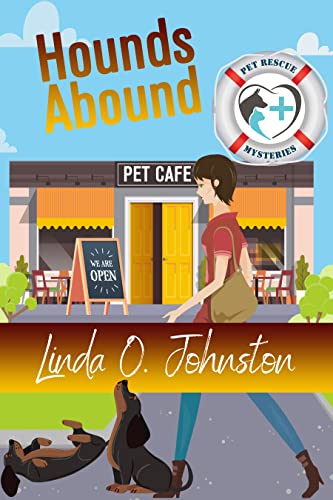






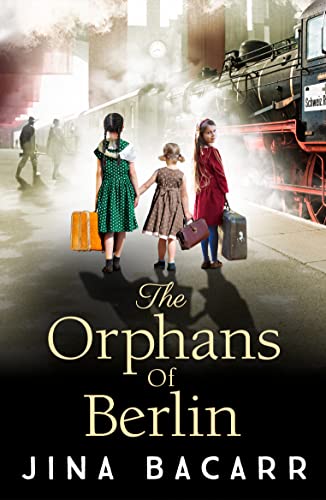

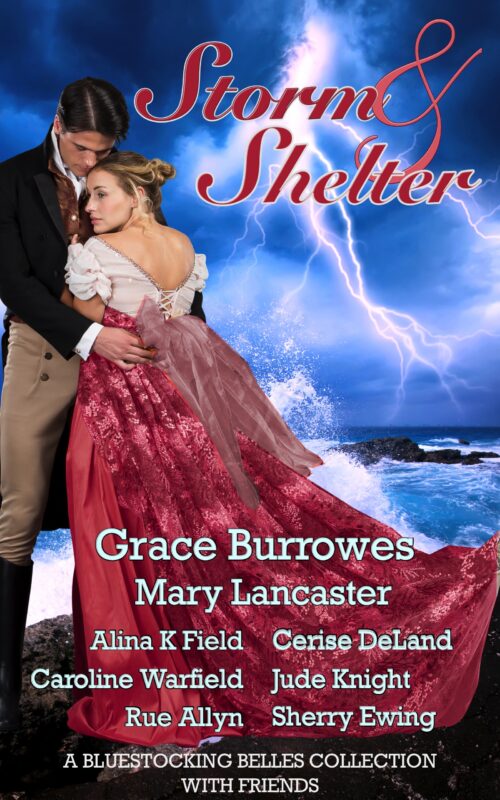
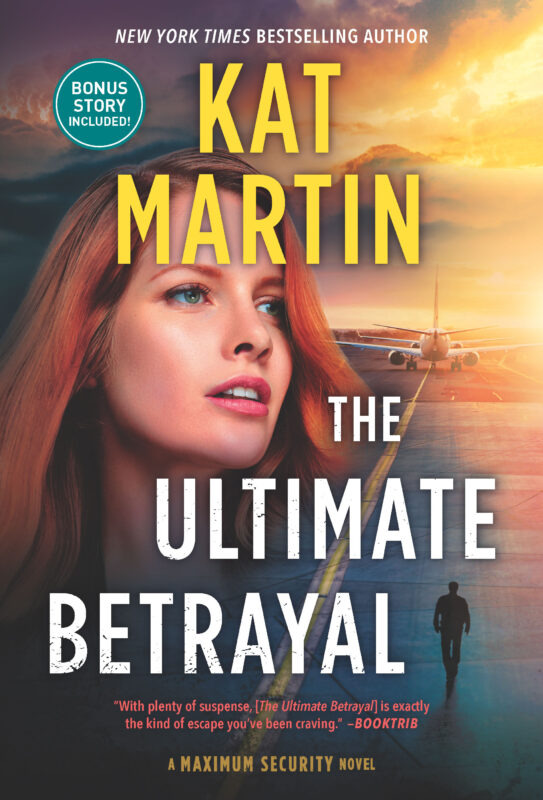


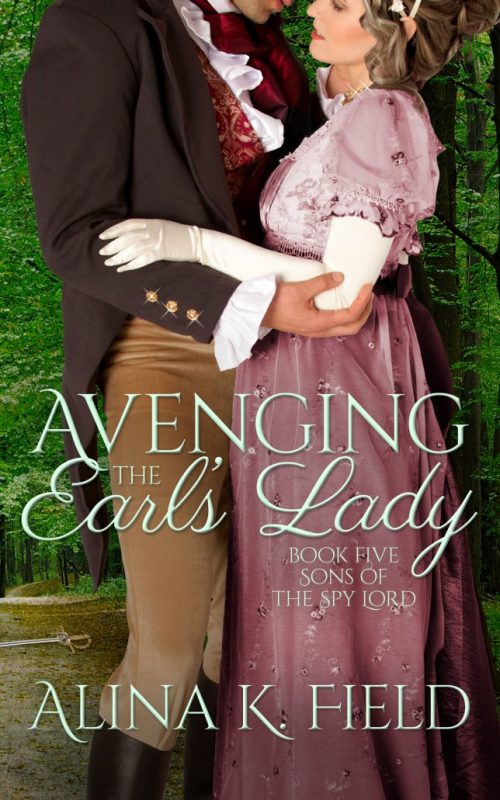





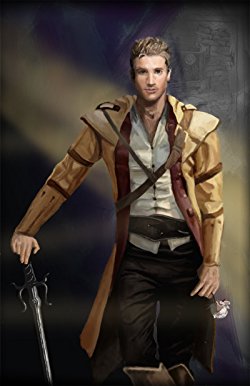




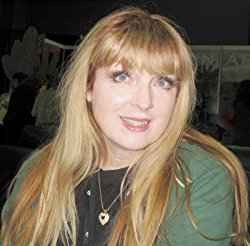


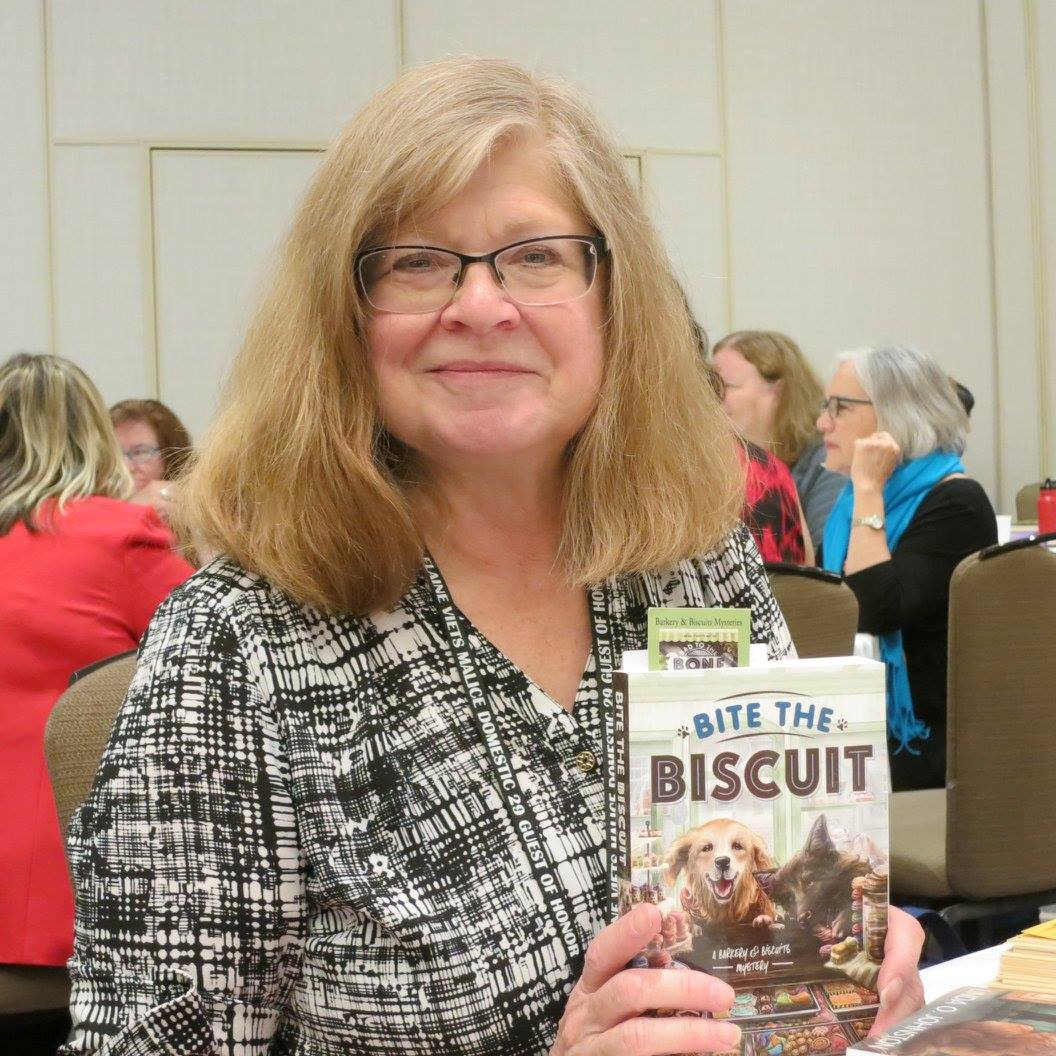
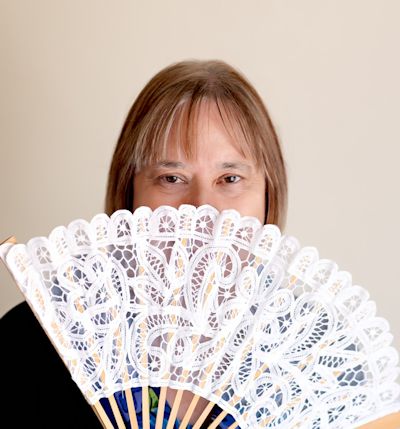






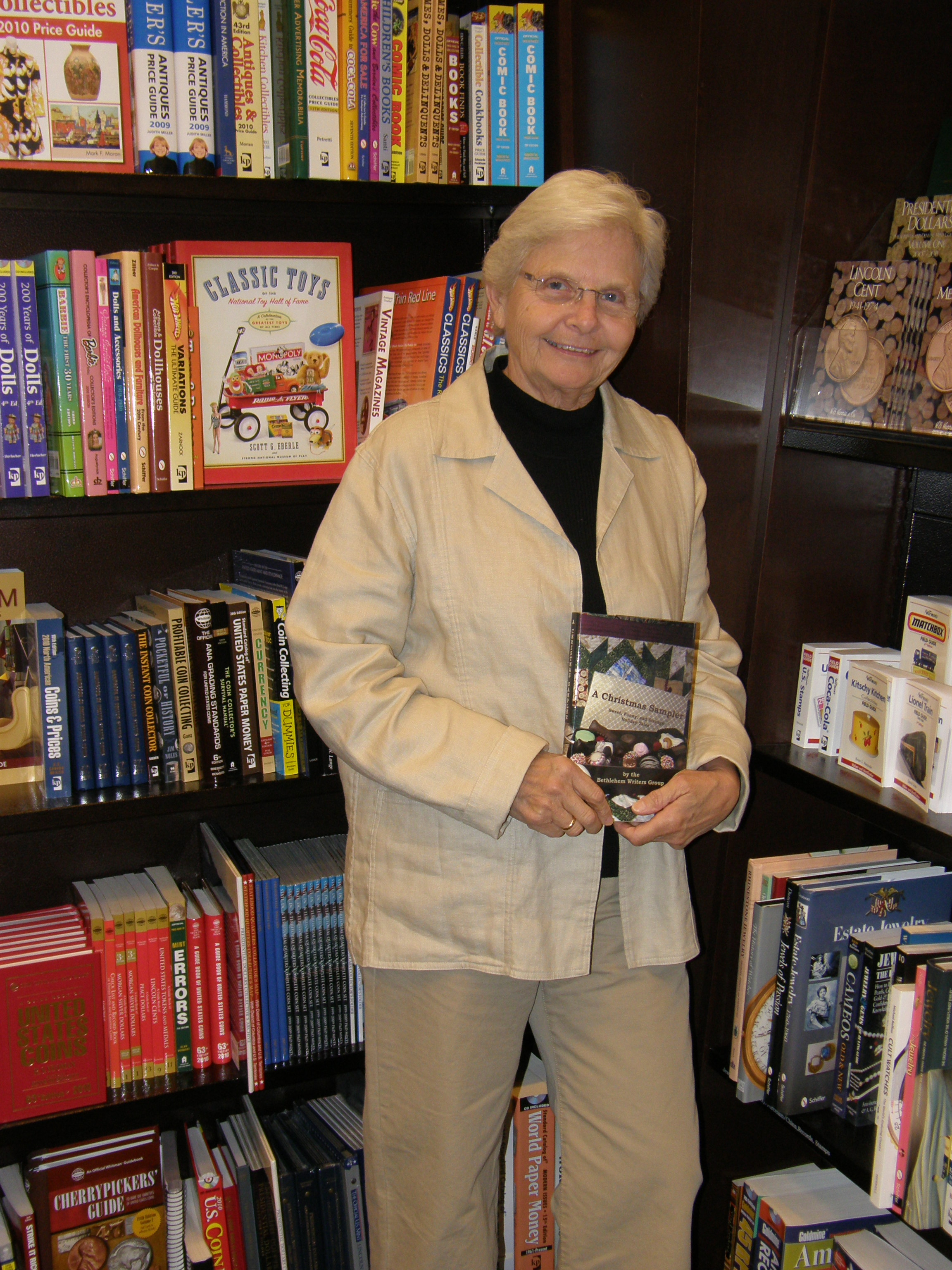




I try not to overdo details. Sometimes too much gets in the way of moving a scene along. If a character is seeing something for the first time, a picture needs to be painted. I’m still working on how much to paint.